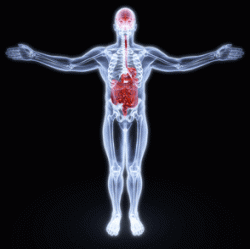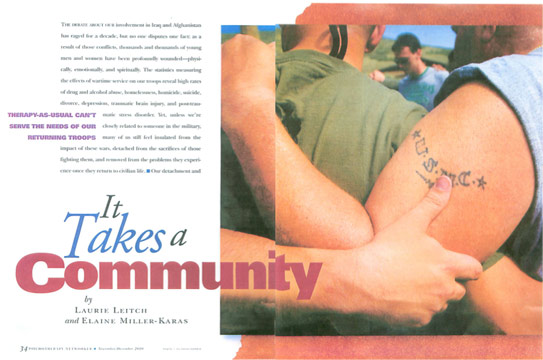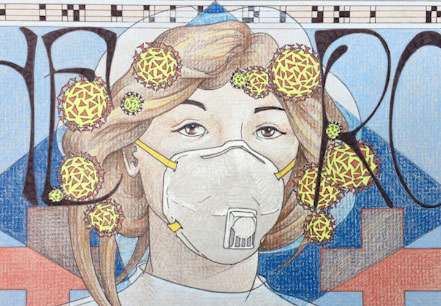
Illustration: Sebastian Kaulitzki / shutterstock.com
Because I’m a science geek I am always on the lookout for new developments in neuroscience. My best excuse for trolling all the neuroscience sites I can find is so that our Social Resilience Model Training is always on the leading edge. This morning, I came across this introduction to an article in Cerebrum, a very stimulating resource that is free from the Dana Foundation. Jane Foster writes:
The gut-brain axis—an imaginary line between the brain and the gut—is one of the new frontiers of neuroscience. Microbiota in our gut, sometimes referred to as the “second genome” or the “second brain,” may influence our mood in ways that scientists are just now beginning to understand. Unlike with inherited genes, it may be possible to reshape, or even to cultivate, this second genome. As research evolves from mice to people, further understanding of microbiota’s relationship to the human brain could have significant mental health implications.
According to Foster, the naturally occurring, ever-present commensal bacteria in our guts affect not only how our brain develops but also how we behave, react to stress, and respond to treatment for depression and anxiety. The part of this new research that is most exciting to me is that while the “top-down” influence of brain states on the gut (e.g., Irritable Bowel Syndrome) have been documented for more than 100 years, in part, by the influence on neural connections in the Autonomic Nervous System (ANS) it is now clear that a “bottom-up” relationship is also operating. In this bottom-up process the bacteria in the gut affect brain development and immune function.
Our SRM skills are also “bottom-up”. They target the ANS through a process of attention that allows people to intentionally shift from patterns of disorganization to organization in the nervous system. As people learn to notice these patterns and then to shift out of the disorganized ones they create new neural pathways… and wire-in more resilience. Recognizing and working with reciprocal “bottom-up” and “top-down” relationships in the body offers efficient and gentle ways to optimize functioning. Stay tuned.

